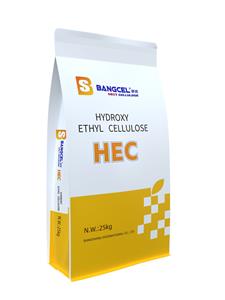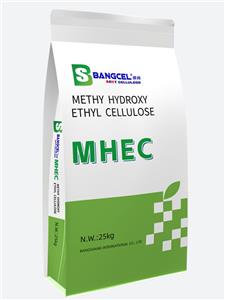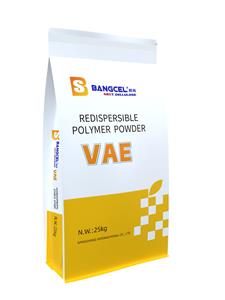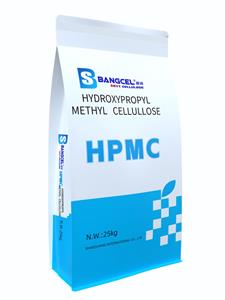Reasons for the hollowing of the tiles and the corresponding solutions
Reasons for the hollowing of the tiles and the corresponding solutions from the following 5 aspects:
1. Unqualified base layer
· The base layer is loosing, the wall peeling off after the tiles are attached.
· The unevenness of the base layer results in different amounts of tile adhesive in each position of the same tile. The tile adhesive shrinks unevenly during the hardening process, so there will be a gap between the base layer, causing the tile to hollow.
· The surface of the base layer has not been cleaned up and is covered with dust, loose material, oil stains, etc. The mortar is actually in direct contact with the dirt and is not integrated with the base layer, so it is prone to hollowing after a long time.
2. Improper operation during construction
3. Inappropriate temperature
Excessively high or low temperature during construction will affect the viscosity of the tile adhesive. Tile adhesive is generally used at 5-35°C. When the temperature is lower than 5℃, the hydration reaction of cement is too slow, and it can not fully react in the original time. Moreover, when the temperature is lower than 0°C, the water in the tile adhesive freezes, and the volume increases. After the temperature rises above 0°, the ice cubes absorb heat and re-form into the water, and the tile adhesive returns to its original volume. Changes in temperature and volume will seriously affect the tile adhesive’s coagulation effectiveness and bonding strength, resulting in weak tile bonding and loose tiles. Generally, when the temperature is lower than 15℃, we can see that the hardening speed of the tile adhesive is significantly reduced, but this does not affect the viscosity of the tile adhesive. If the temperature is too high, the moisture will evaporate too fast, which will result in an insufficient cement hydration reaction and affect the bonding strength.
In the same way, if the tiles are laid close to the heat source or are subjected to short-term temperature changes caused by over-cooling and over-heating, thermal expansion and contraction of tile adhesive and tiles will also cause hollowing.
4. Tile characteristics
· The sizes of the tiles becomes more extensive( the shrinkage expansion rate is about 4×10-6) and heavier. When the mortar hardens and shrinks, it is more likely to separate from the wall because adhesive has larger volume change (the shrinkage rate of the adhesive is more than twice as than tiles’), so the tile adhesive must have good flexibility.
· The water absorption rate of the tiles is reduced, and the adsorption force between the tiles and the tile adhesive is weakened. tiles can be divided into porcelain tiles, stoneware tiles, fine stoneware tiles, and ceramic tiles according to different materials. Nowadays, porcelain tiles are more and more common, which have best quality, the lowest water absorption, and weakest adhesion to the base. Therefore, high-quality porcelain tiles must use professional tile adhesive.
· Porcelain tiles have high strength and more sensitive to temperature changes. As the temperature changes in different seasons, ceramic tiles and grouts shrink to different degrees, which will decreases bonding strength. The bonding structure between the ceramic tiles and the base layer is destroyed, resulting in the hollowing of the tiles.
When buying tiles, we have to consider their water absorption and volume. If they are relatively sizeable full tiles with poor water absorption, it is recommended to use tile back glue and tile adhesive simultaneously. The primary raw material of tile back glue is a compound of high-quality polymer emulsion materials and inorganic silicate, mainly for tiles with non-water absorption and low water absorption, microcrystalline stone, marble, etc. When tiling, clean the tiles’ back, apply glue on the surface, and wait for it to set, and then we can tile it on the wall with tile adhesive. Because the glue can adapt to the thermal expansion and contraction of the tiles and other external factors, tiles, and the mortar can be firmly bonded together, effectively reducing or even avoiding the hollowing of the tiles.
5. Poor quality of tile adhesive
Suppose the quality of the tile adhesive is poor and its adhesive force is not enough. In that case, it is easy to cause tile hollowing, falling off, and internal water accumulation.




